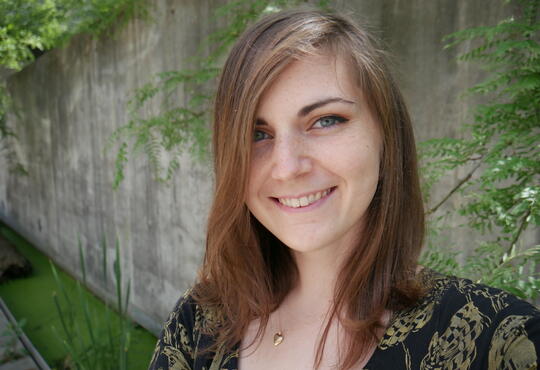 While travelling through Japan by train in 2018, I watched the landscape — forests, mountains and rice paddies — unfurl around each corner with curving rows of bright green rice plants interrupted by patches of abandoned meadows. I was in Japan researching what it means for its shrinking rural communities to be resilient, even as village schools close, storefronts are shuttered and houses are abandoned.
While travelling through Japan by train in 2018, I watched the landscape — forests, mountains and rice paddies — unfurl around each corner with curving rows of bright green rice plants interrupted by patches of abandoned meadows. I was in Japan researching what it means for its shrinking rural communities to be resilient, even as village schools close, storefronts are shuttered and houses are abandoned.
Throughout the COVID-19 pandemic, our lives have also shrunk. As cherished as our human interactions are, my master’s research in Japan taught me that resilience is not just within ourselves and between humans. Our communities, homes and relationships are defined by much more than the people who occupy them.
In the Japanese countryside, I learned that some rural communities are fostering resilience through renewed care of their local landscapes and a deeper understanding of the intertwining nature of human and non-human life. Wood harvested from a cedar forest defined the region’s vernacular architecture, fueled the warmth of bathhouses and provided the pink hue of locally dyed fabrics.
The story of these people is also the story of caring for a forest.
Getting to know this non-human community feels like the opposite of shrinking. It can be ever-expanding, as long as we take care of it.
Local landscapes ground us
In isolation, with the privilege of working from home during the pandemic, I have tried to learn more about the land that surrounds me. I started with the names and stories of the trees and plants that inhabit my downtown Toronto neighbourhood.
I was overjoyed to learn that two red-tailed hawks frequent the tree across my street and have wondered whether I might have missed them in my non-pandemic life. Others in this city have found similar joy as parks and trails fill up and many of us discover a renewed need and appreciation for our outdoor environments.
Getting to know this non-human community feels like the opposite of shrinking. It can be ever-expanding, as long as we take care of it. Our resilience as humans is deeply tied to the non-human environment around us.
I also look to the long history of this land where traditional relationships of Indigenous peoples to the land continue to be disturbed, and sometimes severed, through colonial policies and broken treaties. As a settler, learning these histories and the continued teachings of the Anishinaabe and Haudenosaunee nations of this region is a long process, but necessary to understanding my relationship with the environment. Here in Tkaronto* I live in Dish With One Spoon treaty territory. The treaty teaches that all the inhabitants of this place use the same spoon, and have a responsibility to care for the dish we depend on to ensure a resilient future.
We are all woven into our communities in unique ways, whether we live in a forest or a dense, urban neighbourhood. As we move through what feels like turbulent times, I hope we can continue to foster relationships that ground us and inspire us.
Illustration by Julia Nakanishi 
Editor's note: *Tkaronto is the original Mohawk word for the city of Toronto.









